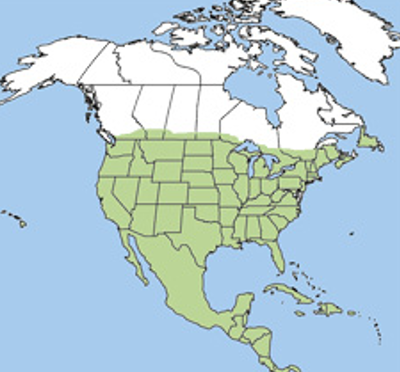Bullet Points:
- Monarchs need mountain forests in Mexico for their winter habitat, however nearby human communities also rely on them and create pressure on forests through agriculture and tourism activities. In the U.S., monarchs need places to reproduce and feed. However, herbicide use is decreasing the availability of their primary food source, the milkweed plant.
- Climate change threatens to disrupt the monarch butterfly’s annual migration pattern by affecting weather conditions in both wintering grounds and summer breeding grounds. Colder, wetter winters could be lethal to these creatures and hotter, drier summers could shift suitable habitats north. WWF’s 2013 report from Mexico showed that the number of monarch butterflies wintering there was at its lowest in 20 years.
CONSERVATION STEPS
- One easy way to help monarchs is to participate in the National Wildlife Federation's Garden for Wildlife program by planting a pesticide-free monarch habitat garden filled with native milkweed and nectar plants. North America has several dozen native milkweed species, with at least one naturally found in any given area.
- The monarch population has declined by approximately 90 percent since the 1990s. Monarchs face habitat loss and fragmentation in the United States and Mexico. For example, over 90 percent of the grassland ecosystems along the eastern monarch’s central migratory flyway corridor have been lost, converted to intensive agriculture or urban development.
- Planting locally native species is the best option for helping monarchs because monarchs coevolved with native plants and their life cycles are in sync with each other. In the last decade tropical milkweed (Asclepias curassavica), a plant not native to the United States, has become an increasingly popular way to attract monarchs in garden settings.
